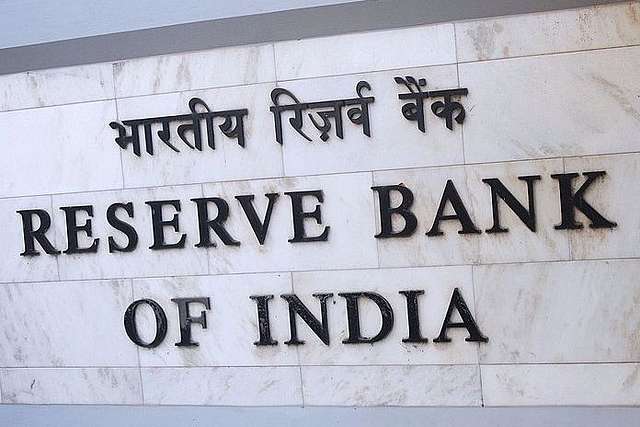
RBI Has Reduced Repo Rates, But Monetary Policy Transmission Remains A Challenge
Here are the reasons why transmission from RBI policy rate to the lending rates for banks remains the big challenge in India.
In its monetary policy meeting last week, the Reserve Bank of India’s Monetary Policy Committee cut the policy rate – the repo rate – by 25 basis points. This is its third rate cut since December 2018 and it was unanimous. The committee also unanimously decided to move to an ‘accommodative’ stance indicating further easing down the road. So far, so good.
Transmission from RBI policy rate to the lending rates for banks remains the big challenge in India. See this article in Business Line, for example. Some banks have even increased their lending rate since the last RBI policy rate cut!
Everyone – including my friend Gulzar Natarajan – points out that Indian banks have a much higher share of their liabilities in bank deposits. These deposits are fixed in nature. Therefore, interest rates on them are payable at a fixed rate regardless of the movements in the policy rate. Since they cannot come down with cuts in the policy rate, the lending rates too cannot be lowered. Ergo, there is no transmission.
Gulzar even shared a chart with me that showed that Indian banks’ deposits as a per cent of overall liabilities is higher compared to other developing nations.
But, the truth is that Current and Savings Accounts (CASA) are more than 40 per cent of overall deposits. 41.3 per cent to be precise. The last data point available – in a easy to retrieve manner, that is – is from February 2019. See here.
Current accounts pay no interest and the interest payable on savings accounts is 4 per cent – at the lowest balance between the 11th and the end of the month. That is as low as one can get, in terms of savings account balances. In the first 10 days, the balance could be higher due to salary deposits. That is why they are excluded!
Therefore, the argument is somewhat unconvincing. Not untrue but not the total explanation.
The explanation lies in lack of competition with the central bank prescribing a floor for lending rates via its formulaic Marginal Cost of Deposits based Lending Rate (MCLR). I wrote about it in my MINT column last Tuesday.
If one went through the RBI Internal Working Group Report on the MCLR and the previous base rate, published in October 2017, one would realise that these are not MCLR (i.e., not marginal) but that they are also binding floors for lending rates.
Note a key sentence in the report:
One bank included a negative spread under business strategy due to market competition, which was in contravention to regulatory guidelines. (PAGE 47)
Indeed, that should be the case. Banks should have the freedom to take the basic of decisions for a commercial entity – the pricing decision. But, they do not.
India needs genuine competition in lending rates between banks. Neither the owner nor the regulator must intervene. It will also enable the owners to figure out which of them are worthy of further capital infusion, growth and which of them deserve to be merged, consolidated or weeded out.
Of course, the second thing is the Small Savings Interest Rate. Check out the table in page 26 of the said report (Table II.8).
Interest rates offered on bank deposits are lower than that of the interest rates on small savings and these interest incomes are tax-free too. The government-announced interest rates on these small savings schemes are higher than that of the rates that would be offered if the government sticks to the formula that it promised – linking the interest rate to the 10-year government bond yield. It has not. On top of it, there are tax benefits.
That is the second (or, even the first) biggest hindrance to transmission. That is why I felt that the usually meticulous Indira Rajaraman quite did not get it right in her column on the topic of transmission. She is right with her conclusion, of course. The multiple strands that link the funding of government budgets (of the states and the Union) to the National Small Savings Fund (NSSF) need to be broken. She is right on that one.
But, more than that, the idea of offering a higher interest rate on a product that is even safer than a bank deposit and with tax benefits is a sure-fire killer of the banking system profitability and of transmission of monetary policy.
Some politically unpopular decisions need to be taken. They will be unpopular in the short-term. But, a government with its back to the wall on the banking system and with such low actual economic growth (more on that in a separate blog post) has to take some decisions and face up to the tradeoffs. There are no costless choices here.
Surjit Bhalla had got this one right. One of the most important decisions ever taken by a FM was taken by Yashwant Sinha when he lowered the interest rate on small savings deposits. That did play a big role – among many other things – in India’s post-2002 economic boom.
This article first appeared in the Gold Standard and has been republished here with permission.